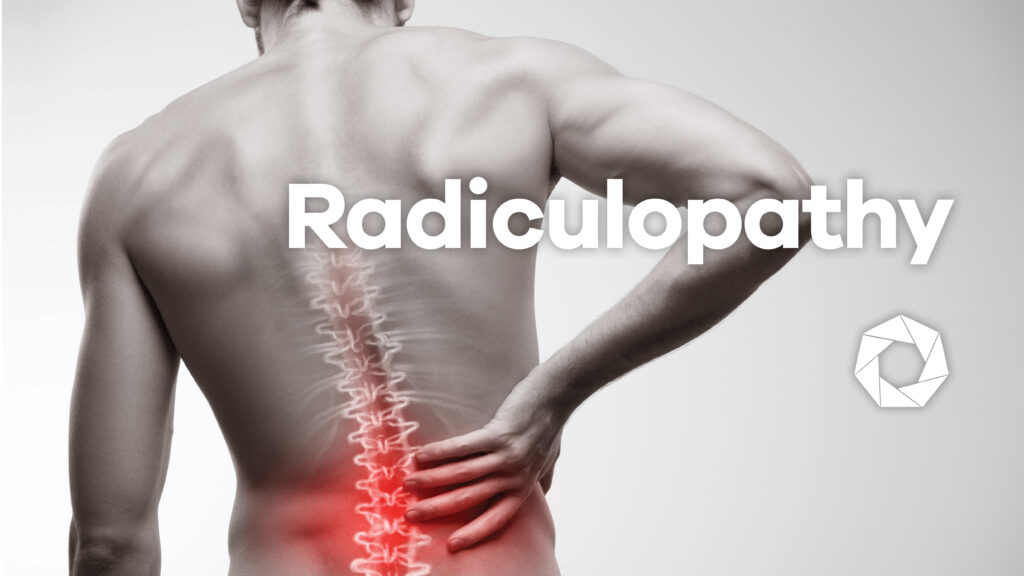
Radiculopathy manifests when a nerve root within the spinal column becomes compressed and inflamed, resulting in varying degrees of pain and discomfort. The specific symptoms and affected nerve areas play a pivotal role in determining a veteran’s VA disability rating for radiculopathy.
Understanding Radiculopathy
Radiculopathy emerges when a nerve root in the cervical, thoracic, or lumbar spine undergoes compression. For veterans enduring this condition, the resulting pain is often accompanied by sensations like numbness, tingling, or muscle weakness. Common underlying causes include herniated discs, spinal stenosis, and bone spurs.
Symptoms of Radiculopathy
- Numbness radiating from the spinal area
- Physical weakness or pain
- Tingling sensations extending from the spinal region to the hips, legs, shoulders, or arms
- General or localized neck or back pain
- Muscle spasms
Types of Radiculopathy
- Cervical Radiculopathy: This occurs when a veteran experiences a pinched nerve in the neck, leading to radiculopathy symptoms in the shoulders, arms, hands, and fingers. The pain can range from numbness and tingling to burning sensations and can vary in severity.
- Thoracic Radiculopathy: Thoracic radiculopathy is less common and arises when a nerve in the upper back becomes pinched, often causing pain in the chest or torso area.
- Lumbar Radiculopathy: Among veterans, lumbar radiculopathy is prevalent. It develops when a nerve in the lower back is pinched, resulting in numbness, tingling in the hips and legs, and even incontinence in some cases.
VA Service Connection for Radiculopathy
To establish service-connection for radiculopathy, veterans must demonstrate a current medical diagnosis linked to an in-service occurrence or an incident during service that caused or worsened the condition. In-service incidents encompass activities like:
breaking or dislocating a vertebra, physical back strain during training, operating weapons, lifting equipment, jumping, or other military exercises. Veterans need not attribute their radiculopathy to a single active-duty incident.
Secondary Service Connection for Radiculopathy
Radiculopathy is often connected to pre-existing back conditions, making it suitable for secondary service connection. This means that if a veteran is service-connected for a condition like degenerative disc disease and subsequently develops radiculopathy due to this condition, they can file a claim for secondary service connection.
Radiculopathy Causes
Common causes of radiculopathy include back strain, spinal injuries, degenerative arthritis, degenerative disc disease, herniated discs, and spinal stenosis. Secondary conditions are rated using the same scales as primary service-connected conditions.
Service Connection Through Aggravation
Veterans may also pursue service connection through aggravation. If a preexisting condition worsened during service, it is presumed to be aggravated. This determination is based on the condition being noted in the entrance examination, worsening during service as per medical records, worsening more during service than outside of service, and worsening permanently.
VA Ratings for Radiculopathy
VA rates radiculopathy based on the affected nerves and their level of functioning. Severity is categorized as paralysis, neuritis, or neuralgia, with corresponding ratings. Most veterans receive a rating of 10 to 20 percent for radiculopathy, with higher ratings for more severe cases.
The Bilateral Factor
When radiculopathy affects both sides of the body, such as both arms or legs, VA assigns separate ratings for each side and incorporates a bilateral factor. This factor acknowledges the added limitations imposed by such disabilities and increases the overall rating by 10 percent to account for their combined impact.








